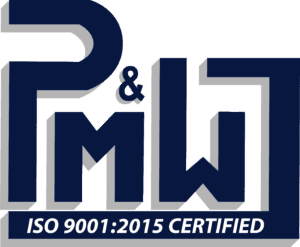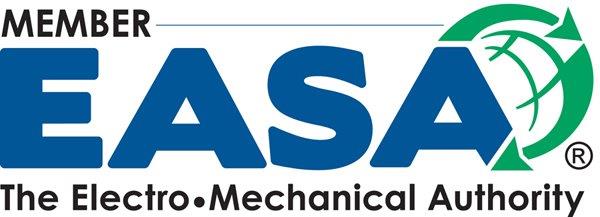Waveform distortion in surge comparison testing is a critical aspect that demands meticulous interpretation to ensure the reliability and efficiency of motor systems. As technology advances and motors become more complex, understanding waveform distortion becomes increasingly vital for diagnosing issues accurately and maintaining optimal performance. In this blog post, we delve into the intricacies of interpreting waveform distortion in surge comparison testing, shedding light on its significance and implications for motor repair and manufacturing.
The Basics of Waveform Distortion
Waveform distortion refers to any alteration or deviation from the ideal sinusoidal waveform in an electrical signal. In surge comparison testing, where motors are subjected to high-voltage surges to assess their insulation integrity, waveform distortion can provide crucial insights into the condition of the motor windings and insulation system. Common types of waveform distortion include harmonics, voltage spikes, and transients, each indicative of specific issues within the motor.
Interpreting Waveform Distortion
When analyzing waveform distortion in surge comparison testing, technicians must pay close attention to the amplitude, frequency, and duration of any deviations from the expected waveform. Anomalies such as voltage spikes or harmonics can point to insulation breakdown, short circuits, or other faults within the motor. By comparing the distorted waveform with a reference waveform, technicians can pinpoint the exact nature and location of the problem, facilitating targeted repairs and maintenance.
Implications for Motor Performance
Failure to accurately interpret waveform distortion in surge comparison testing can have serious repercussions for motor performance and longevity. Undetected issues such as insulation degradation or winding faults can lead to increased energy consumption, decreased efficiency, and even catastrophic motor failure. By proactively identifying and addressing waveform distortion, motor repair and manufacturing companies can mitigate risks, optimize performance, and extend the lifespan of motor systems.
Advanced Diagnostic Techniques
With the advent of sophisticated diagnostic tools and software, interpreting waveform distortion has become more precise and efficient than ever before. High-definition oscilloscopes, signal analyzers, and specialized software can capture and analyze waveforms in real-time, enabling technicians to detect subtle deviations and anomalies with unparalleled accuracy. By leveraging these advanced diagnostic techniques, motor repair and manufacturing companies can elevate their troubleshooting capabilities and deliver superior service to their clients.
Conclusion
Interpreting waveform distortion in surge comparison testing is a fundamental skill that lies at the heart of effective motor diagnostics and maintenance. By understanding the nuances of waveform distortion and its implications for motor performance, technicians can identify underlying issues, prevent costly failures, and ensure the reliability of motor systems. As technology continues to evolve, staying abreast of the latest diagnostic tools and techniques is essential for motor repair and manufacturing professionals seeking to deliver exceptional service and support to their customers.
For expert motor repair and manufacturing services that prioritize accuracy and reliability in waveform distortion analysis, contact The Pump & Motor Works, Inc. today. Our team of experienced technicians is equipped to handle all your motor diagnostic and maintenance needs with precision and expertise. Contact us to learn more.



